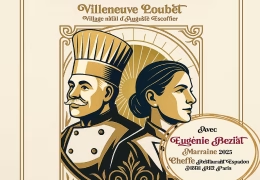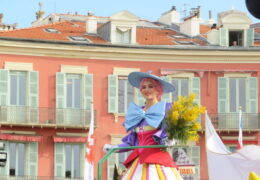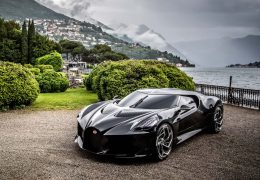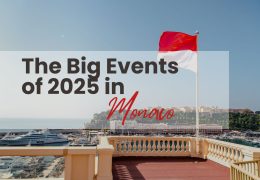The History of LVMH: The Luxury Colossus
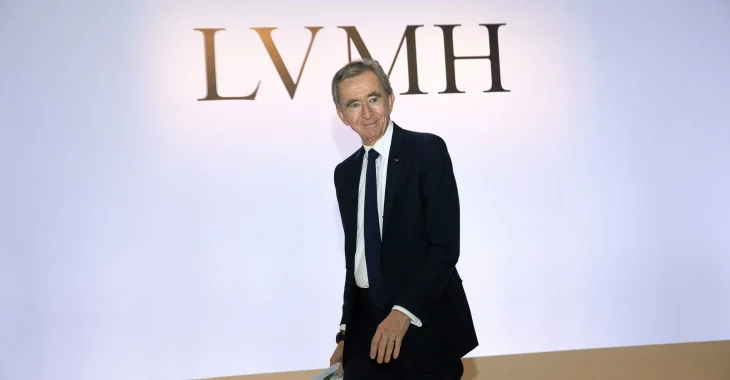
LVMH, an acronym for Louis Vuitton Moët Hennessy, is recognized today as the world’s largest luxury conglomerate, with a presence spanning fashion, jewelry, perfumes, and premium spirits. The roots of LVMH trace back to two historic French maisons: Louis Vuitton and Moët Hennessy.
Louis Vuitton:
Louis Vuitton was founded in 1854 in Paris by Louis Vuitton, a talented trunk maker. Vuitton introduced the concept of modern and durable travel trunks, using innovative materials and a distinctive design with the famous monogrammed canvas. This brand quickly became synonymous with elegance and quality, captivating the European high society.

Moët Hennessy:
On the other hand, Moët Hennessy was born from the merger of two prestigious companies in the spirits sector: Moët & Chandon and Hennessy. Moët & Chandon, founded in 1743, became one of the world’s most famous champagne producers. Hennessy, founded in 1765, established itself as a leader in cognac production. The merger between these two entities took place in 1971, creating a powerhouse in the luxury spirits sector.
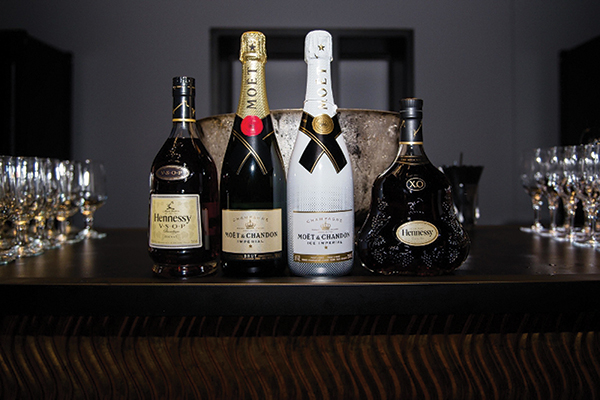
The Birth of LVMH:
The crucial event leading to the creation of LVMH occurred in 1987, when the two companies, Louis Vuitton and Moët Hennessy, decided to unite to form a single group. This strategic merger was led by Bernard Arnault, a visionary entrepreneur who would transform LVMH into a global empire. Arnault acquired a controlling stake in the group and initiated an aggressive strategy of expansion and acquisition.
Expansion and Diversification:
Under Arnault’s leadership, LVMH expanded its portfolio through a series of targeted acquisitions. Among the most significant are:
- Christian Dior: Acquired in 1988, this iconic fashion brand strengthened LVMH’s position in the haute couture sector.
- Givenchy: Acquired in 1988, adding another jewel to LVMH’s crown of fashion and perfumery.
- Sephora: Acquired in 1997, allowing LVMH to enter the beauty products distribution sector.
- Bulgari: Acquired in 2011, this famous jewelry brand expanded LVMH’s offering in the high jewelry segment.
These acquisitions, along with many others, have enabled LVMH to diversify its offerings and expand its global presence.
Innovation and Sustainability:
LVMH has always focused on innovation while maintaining a strong emphasis on tradition and craftsmanship. In recent years, the group has also adopted a sustainability strategy, committing to reducing the environmental impact of its activities and promoting responsible practices throughout the value chain.
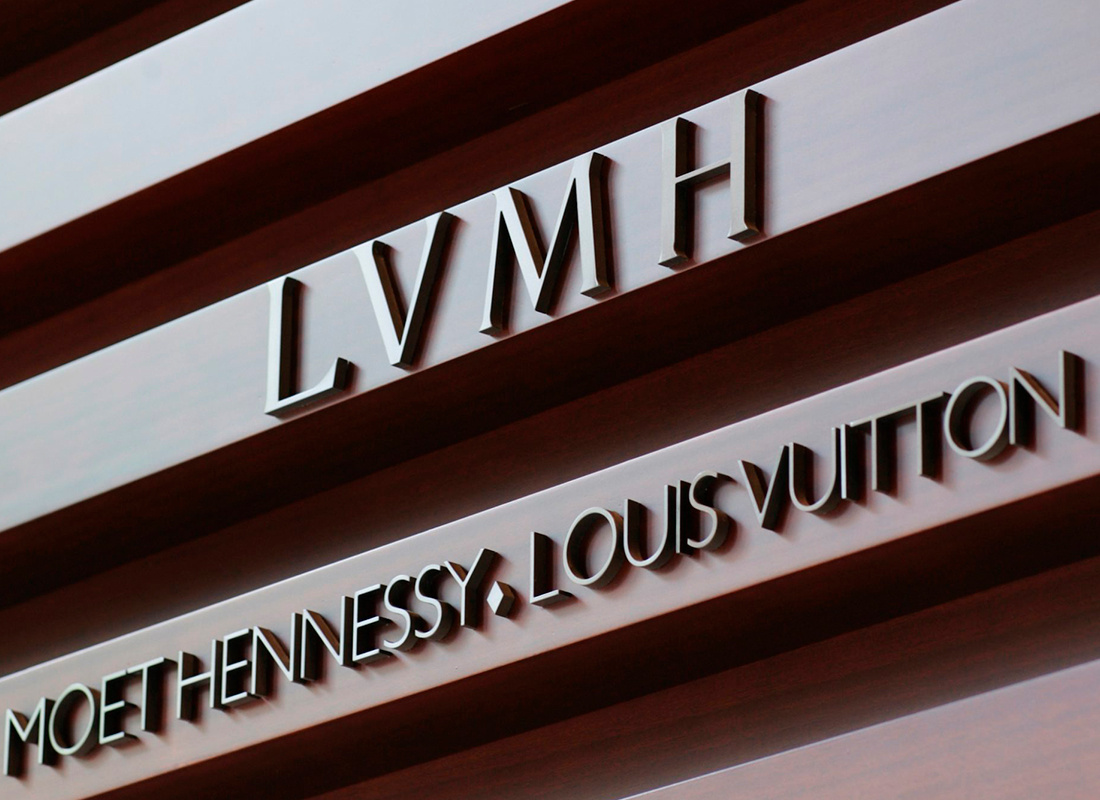
The Future of LVMH:
Today, LVMH comprises over 70 prestigious brands and operates in five main business sectors: wines and spirits, fashion and leather goods, perfumes and cosmetics, watches and jewelry, and selective retailing. Under Bernard Arnault’s continued leadership, LVMH remains at the forefront of the luxury industry, with constant expansion and innovation.
The history of LVMH is a testament to how strategic vision, innovation, and an unwavering commitment to quality can transform a group of distinct brands into a global luxury giant. With a rich history and a promising future, LVMH continues to set the standards of excellence in the luxury sector.









